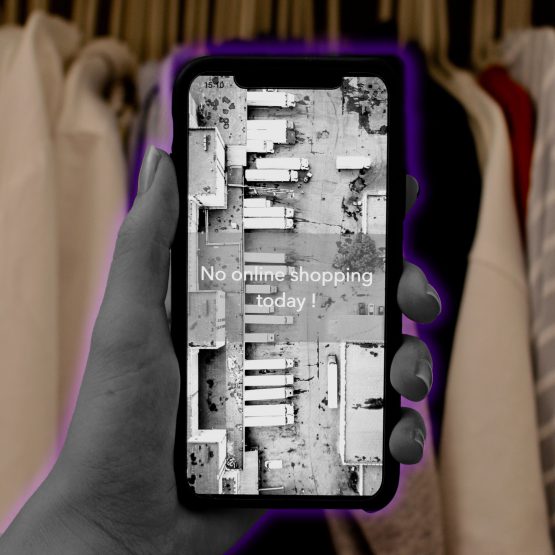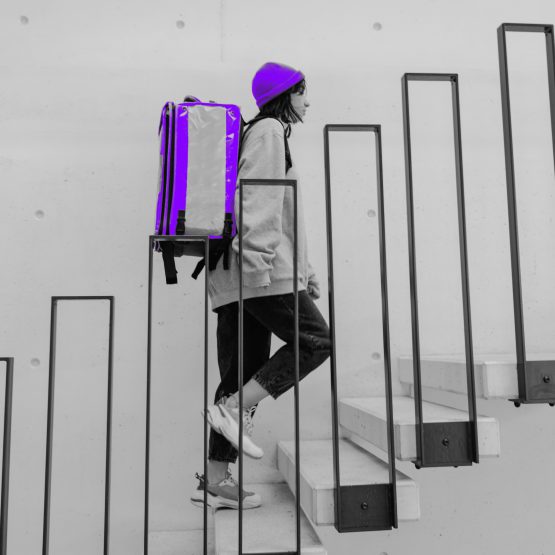Today, e-commerce logistics are built for handling a mass of goods via large logistic hubs. Route efficiency of individual parcels is of secondary importance. That’s why, in the worst case scenario, a parcel may travel 200 km, even though the sender and recipient live only 5 km apart. Our IT not only reschedules delivery routes from 3.5 ton trucks to bicycles, but also meets the changed city logistics requirements. To do this, we sometimes shorten delivery routes from these 199km to 8.5km. To do this, we set up our company in a way that IT and logistics are one and learn from each other every day. IT is the enabler for a narrow ecological footprint, while the focus is on qualitative customer service.
We are increasingly seeing that customers cannot separate the retailer from the delivery person. With some large players now offering in-house delivery services, this line will become even more blurred. Delivery quality and occurring inconveniences are quickly associated with the retailer. The lack of desired delivery alternatives might even lead to the avoidance of particular merchants. In a way, the delivery service is the business card and the face of the store, outside of the Internet and thus in the more personal area.



